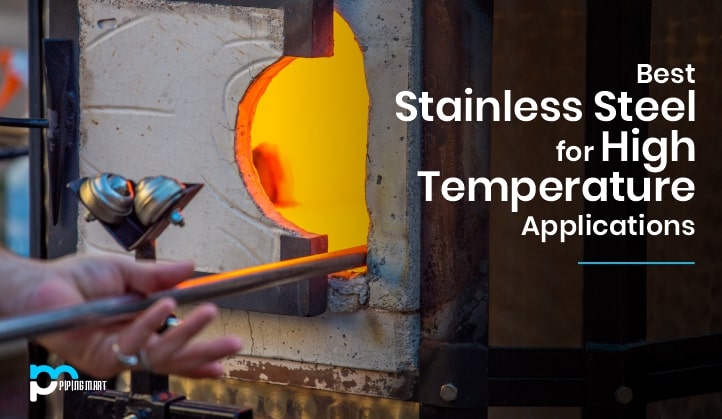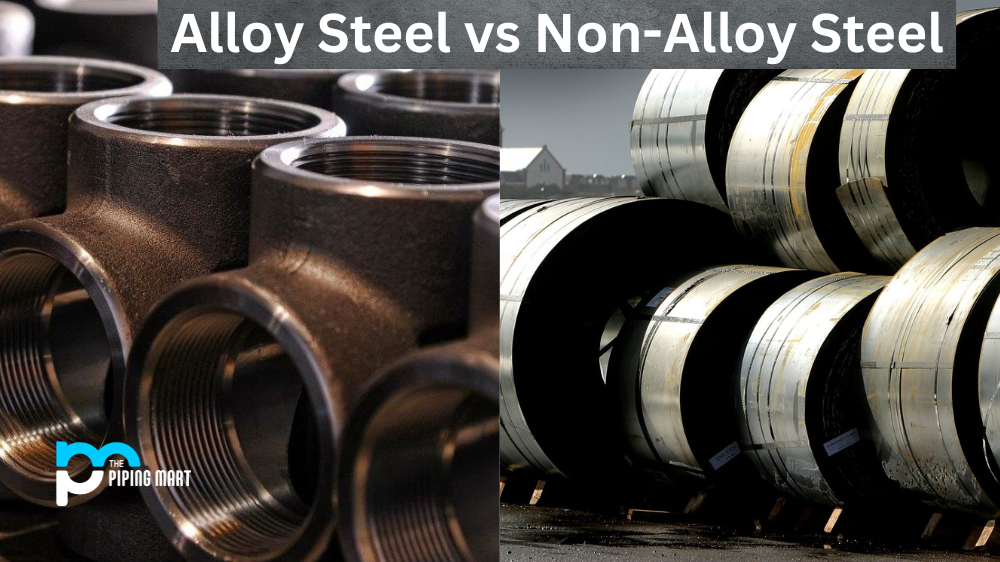Today most manufacturing applications make use of hot furnaces to finish the handling of metal components. Whether annealing, hot-flecked powder coating, or fumigating whatever may be the process, continuous exposure to furnace-like temperatures is very general. It usually becomes difficult because the basket used to hold these parts through the superheated furnaces will be exposed to those temperatures themselves.
Baskets used to carry components that pass through high temperatures got to be made from materials that can resist high temperatures. Almost all Stainless steels grades are resistant to high-temperature—so which grade of SS will be the most suitable for high-temperature applications?
The answer is based on the amount of time, the basket will be exposed to the high temperatures as well as the precise temperature the application will reach,—which is why many metal alloys specify both an intermittent and continuous temperature use.
Service Temperatures of SS Grades
When defining a metal for a particular furnace application, it’s important to understand whether the alloy is going to be exposed to the temperatures for a couple of seconds, a couple of minutes, or an hour or more. If the basket is exposed for a short period interrupted by removal from the furnace to cool down it is termed intermittent exposure, while if it is exposed for a long time is termed continuous exposure.
Based upon whether the exposure is continuous or intermittent a metal alloy will have different tolerances for exposure to high temperatures. Here are some examples of continuous and intermittent temperature limits of stainless steel:
| SS Grade | Continuous | Intermittent |
|---|---|---|
| 304 | 1,700 Degree F/ (925 degree C) | 1,600 degree F /(870 degree C) |
| 309 | 2,000 degree F /(1,095 degree C) | 1,800 degree F/ (980 degree C) |
| 310 | 2,100 degree F/ (1,150 degree C) | 1,900 degree F/ (1,025 degree C) |
| 316 | 1,700 degree F/(925 degree C) | 1,600 degree F/ (870 degree C) |
| 410 | 1,300 degree F/ (705 degree C) | 1,500 degree F/ (815 degree C) |
| 420 | 1,150 degree F/ (620 degree C) | 1,350 degree F/ (735 degree C) |
| 430 | 1,500 degree F/ (815 degree C) | 1,600 degree F/ (870 degree C) |
Stainless steel 300-series alloys are particularly suggested as their continuous maximum use temperature limits are higher than their periodic, intermittent use temperature limits. It is naturally assumed that less stress would take place on it when the metal is exposed to high temperatures for a shorter time than longer exposure would.
However, “thermal cycling” occurs when intermittent furnace exposure process is used. Rapidly switching between temperature extremes, causes stress on the metal.
The metal expands as it heats up and, then it may contract as it cools. The metal can form cracks across their surfaces—a kind of scaly material made from iron and iron oxide—replacing the outer layer.
When switched between temperature extremes constantly, the inside of the metal expands or shrinks at one frequency, and the crack on the surface at another. The switching between temperature extremes results in breaking apart of the metal, layer by layer until it finally fails.
Photo by: Jason Leung on Unsplash

Pipingmart is B2B portal specializes in industrial, metal and piping products. Also, share latest information and news related to products, materials and different types grades to help business dealing in this industry.




